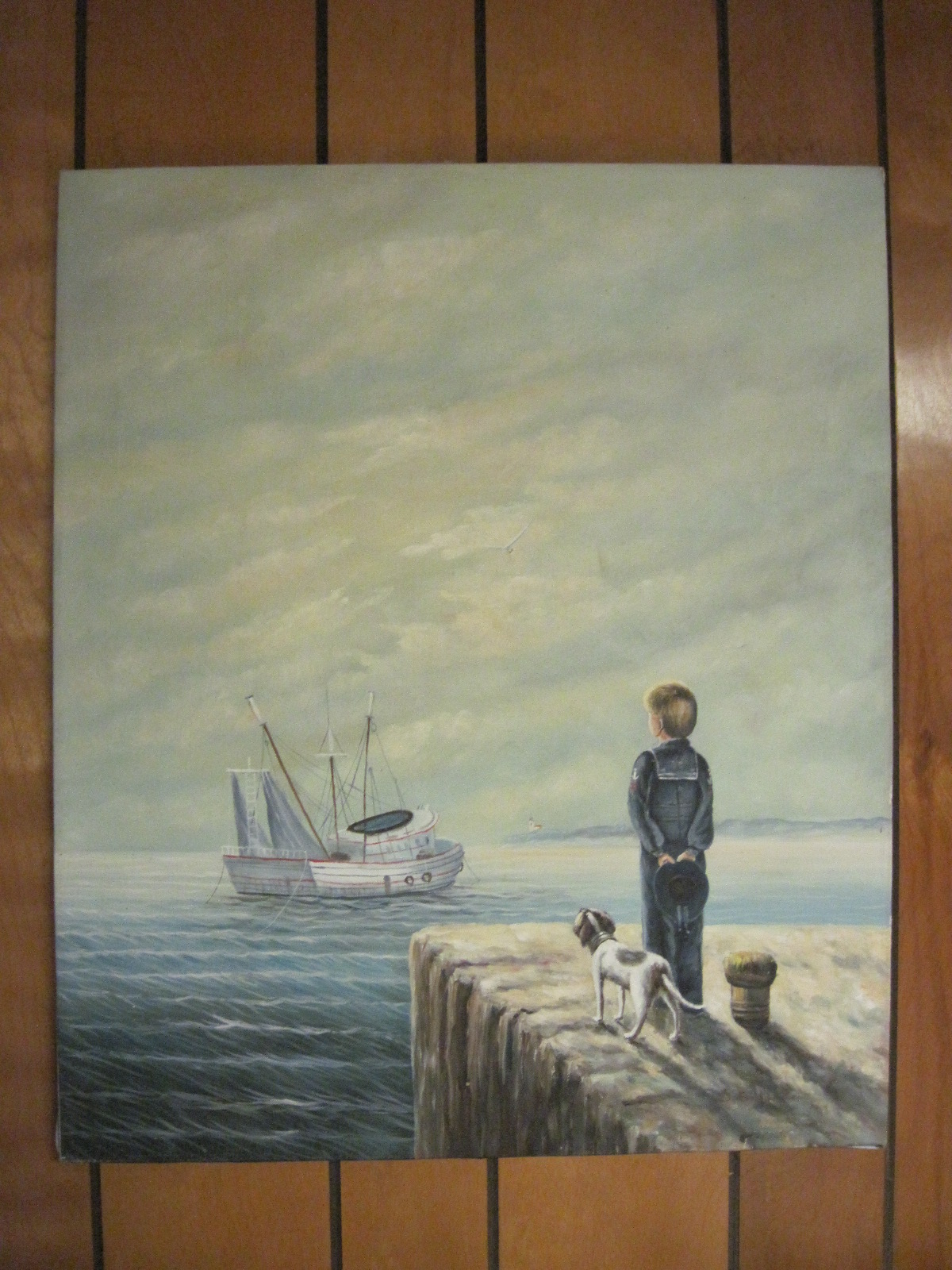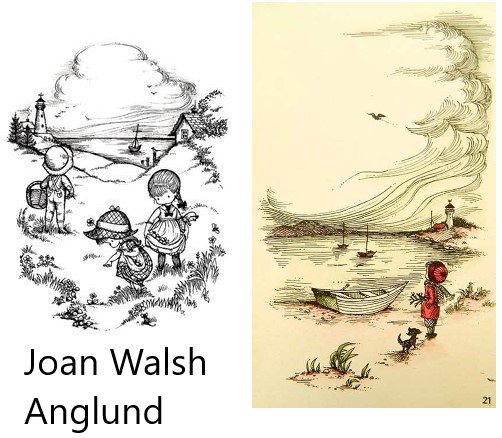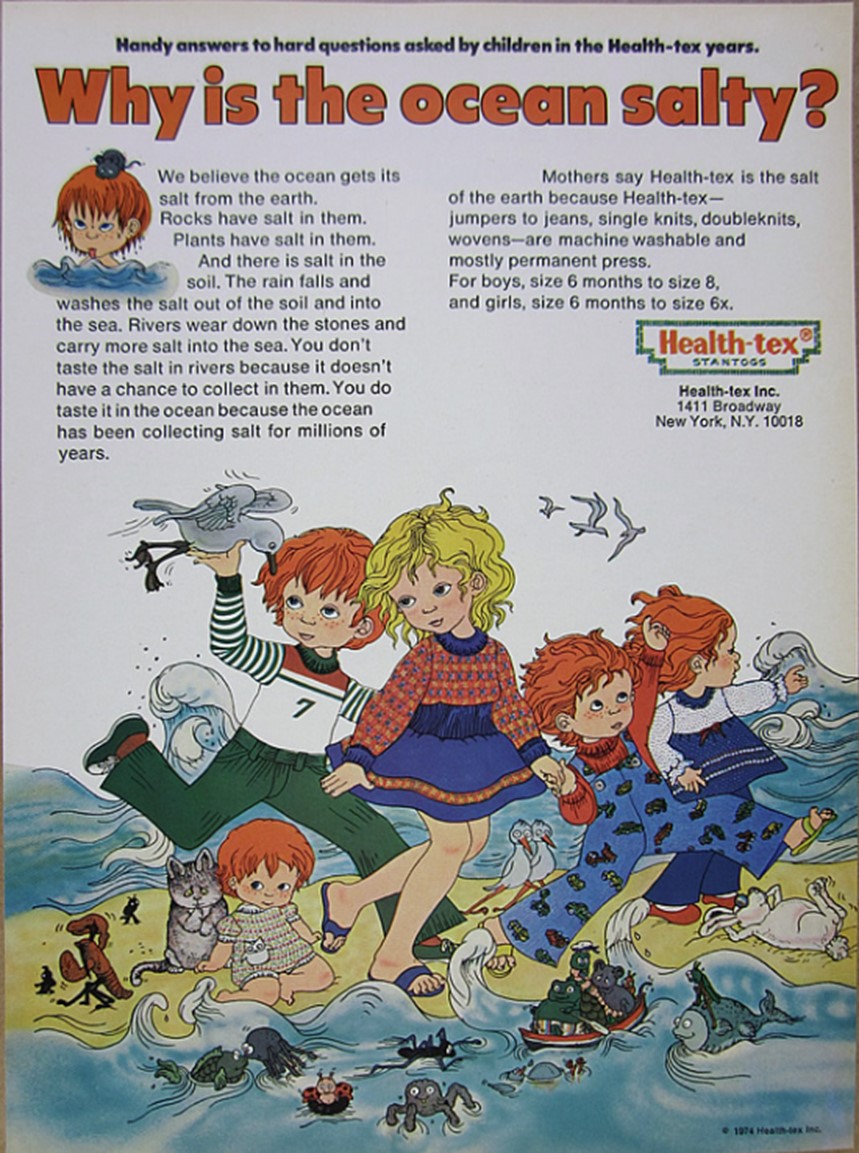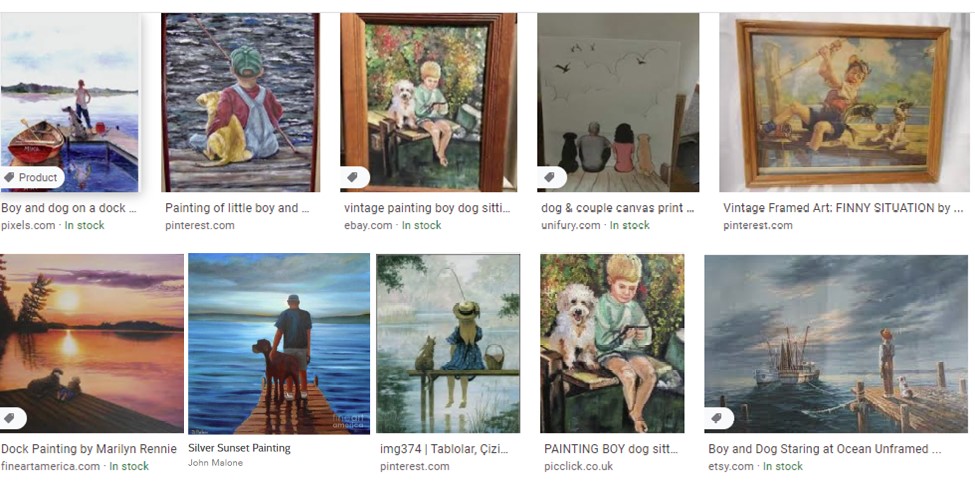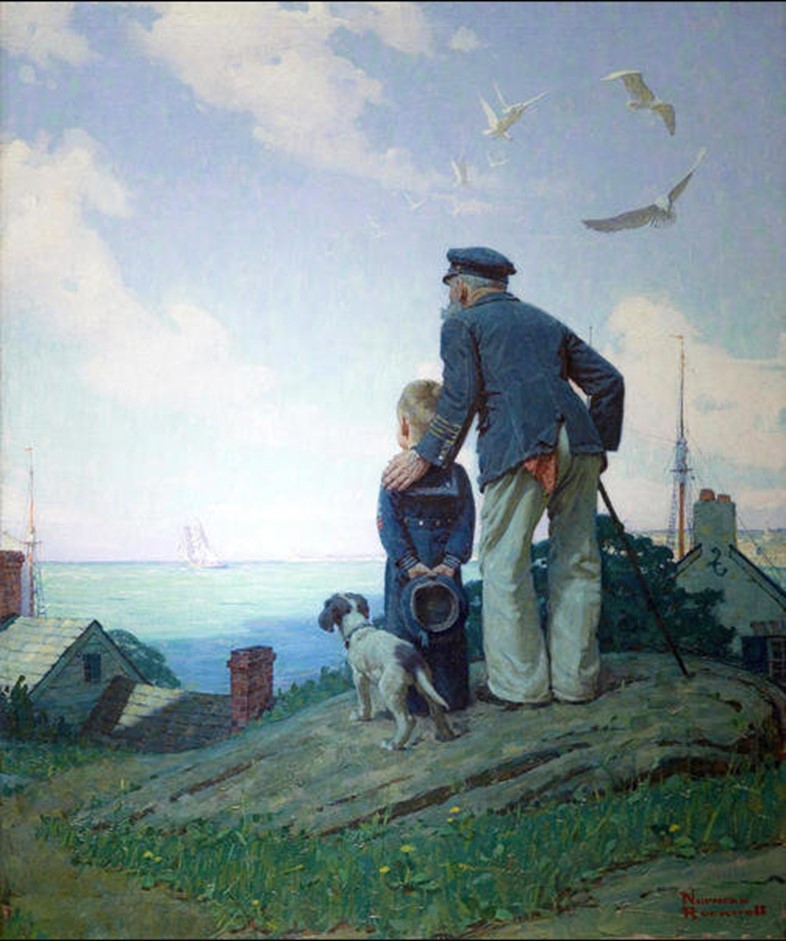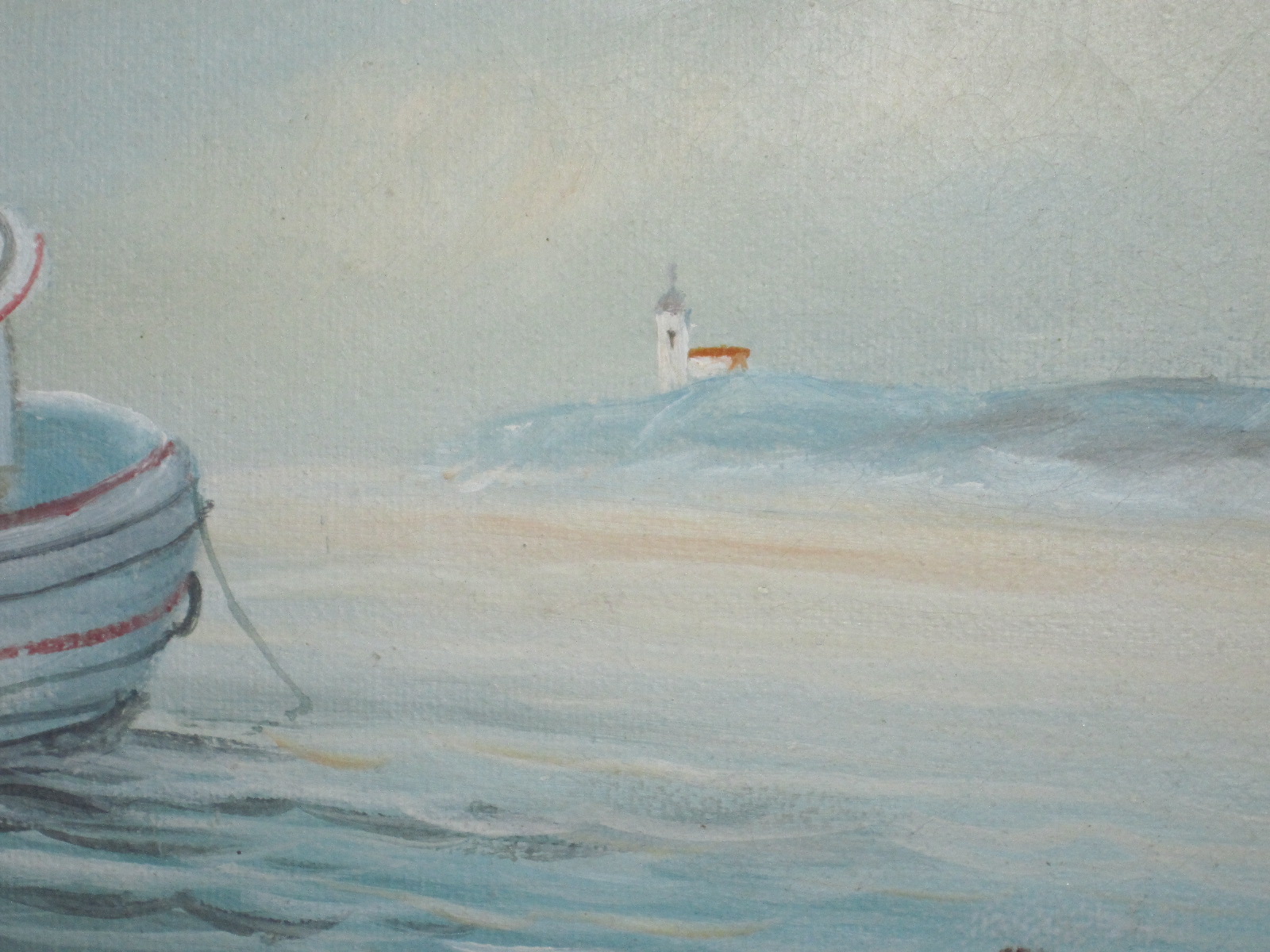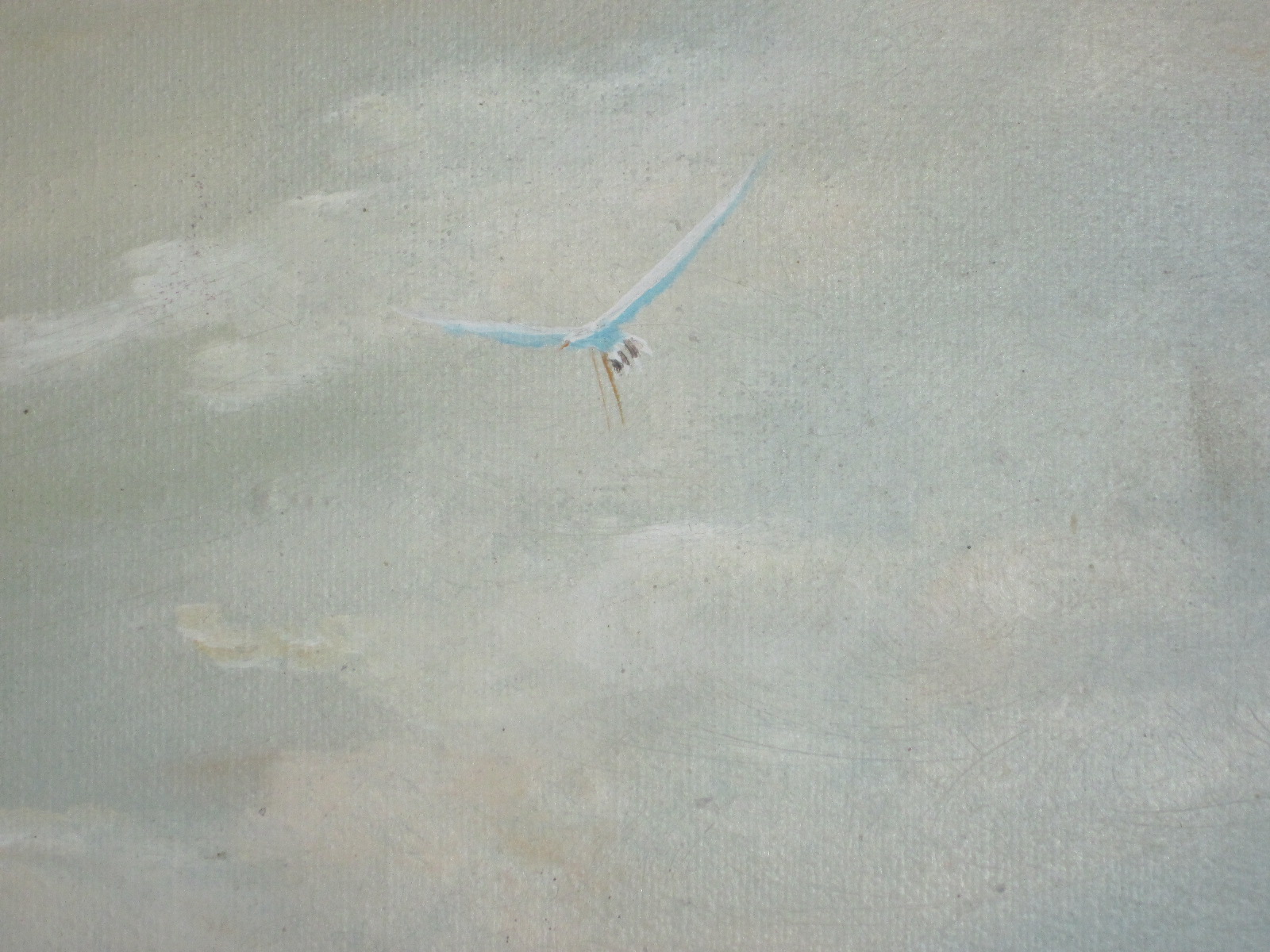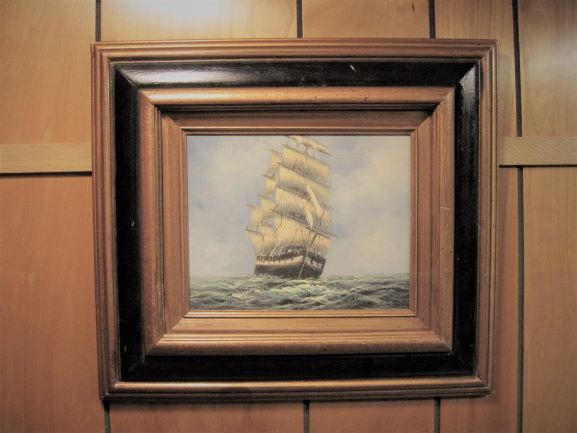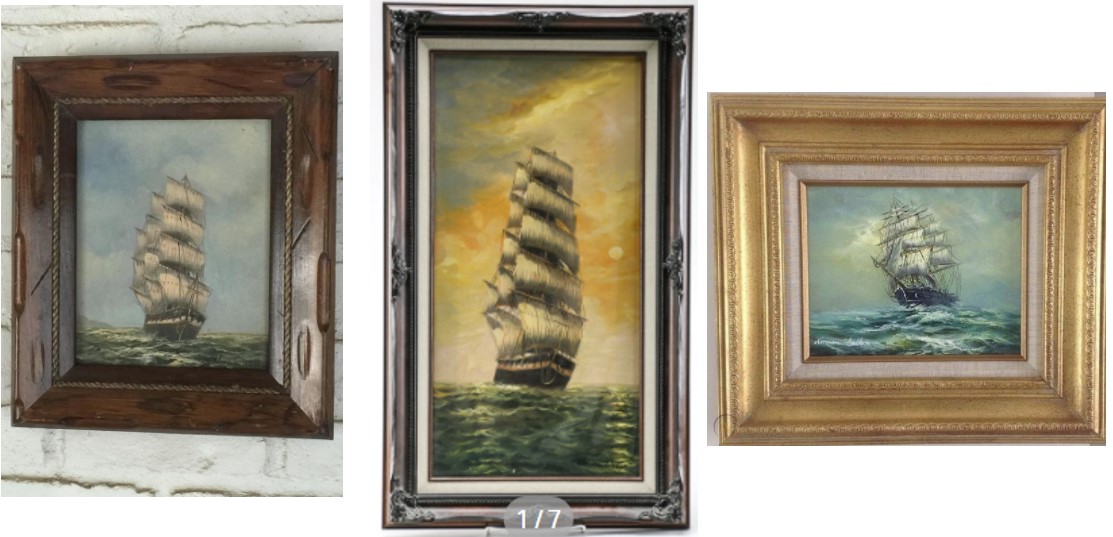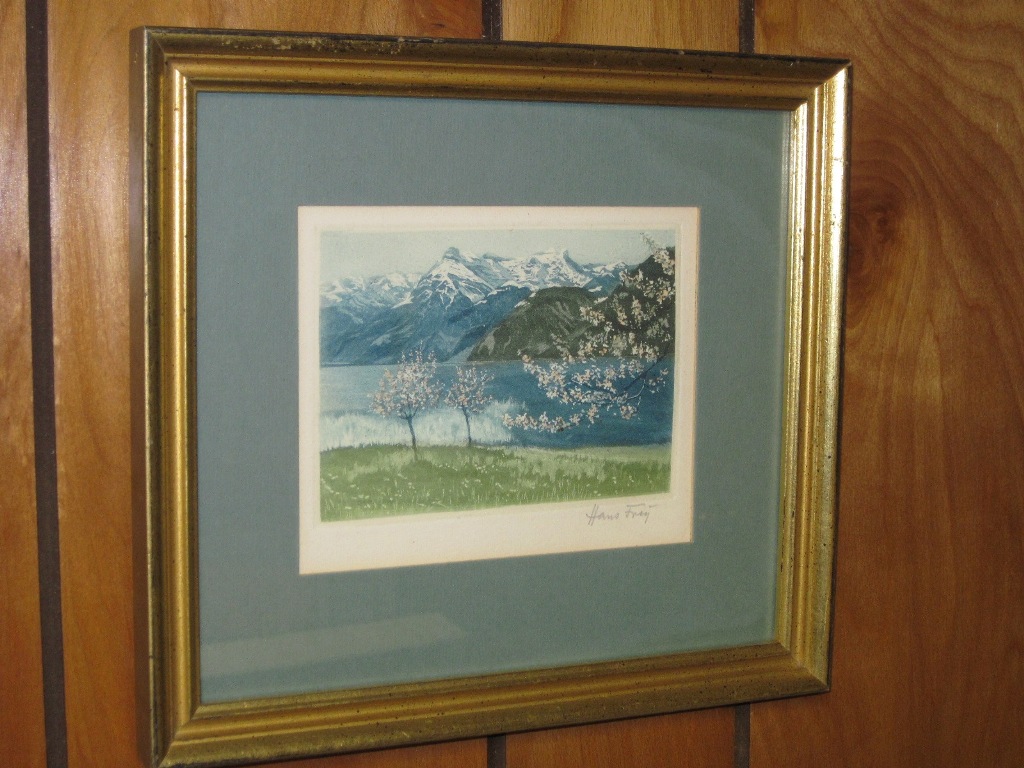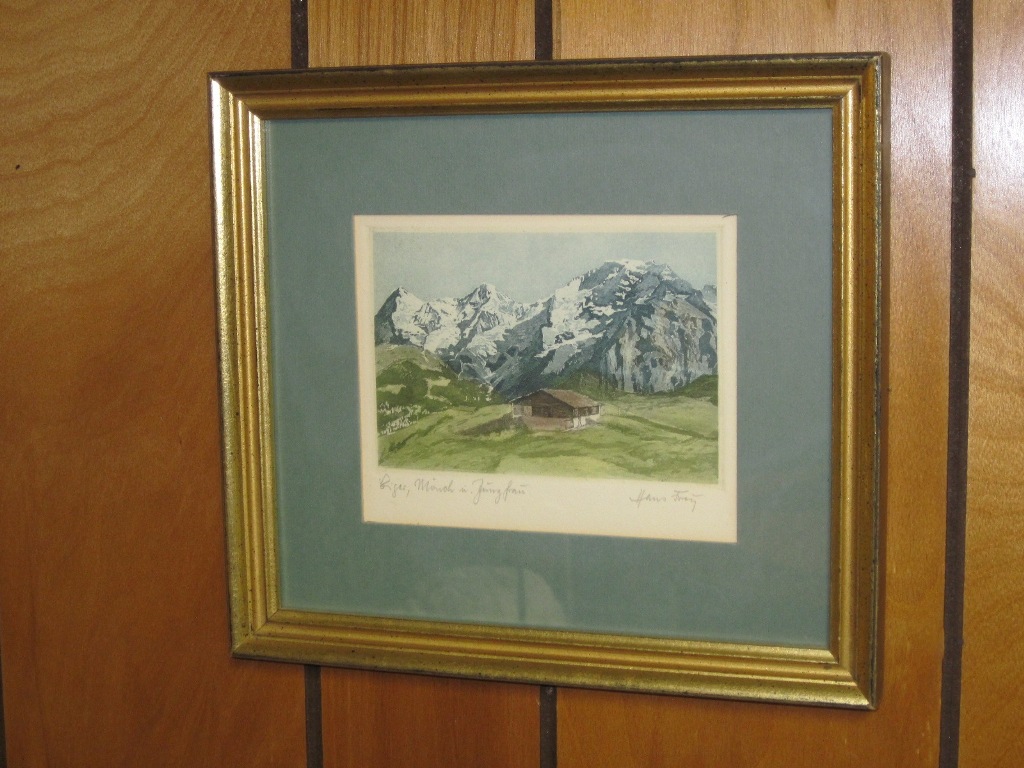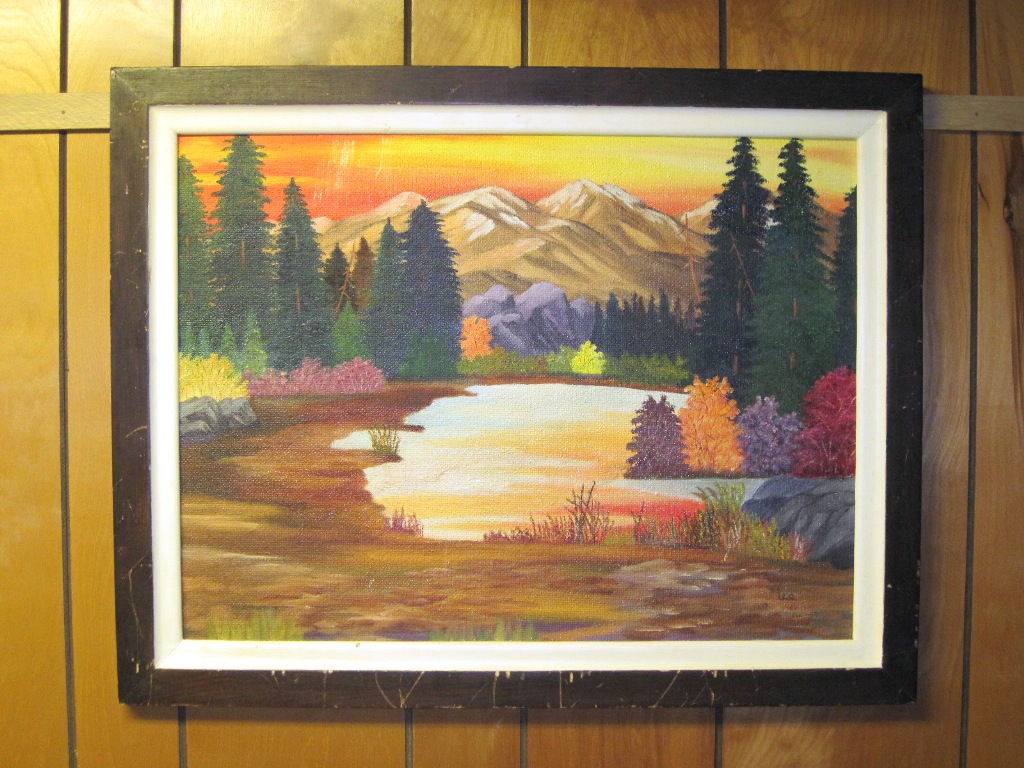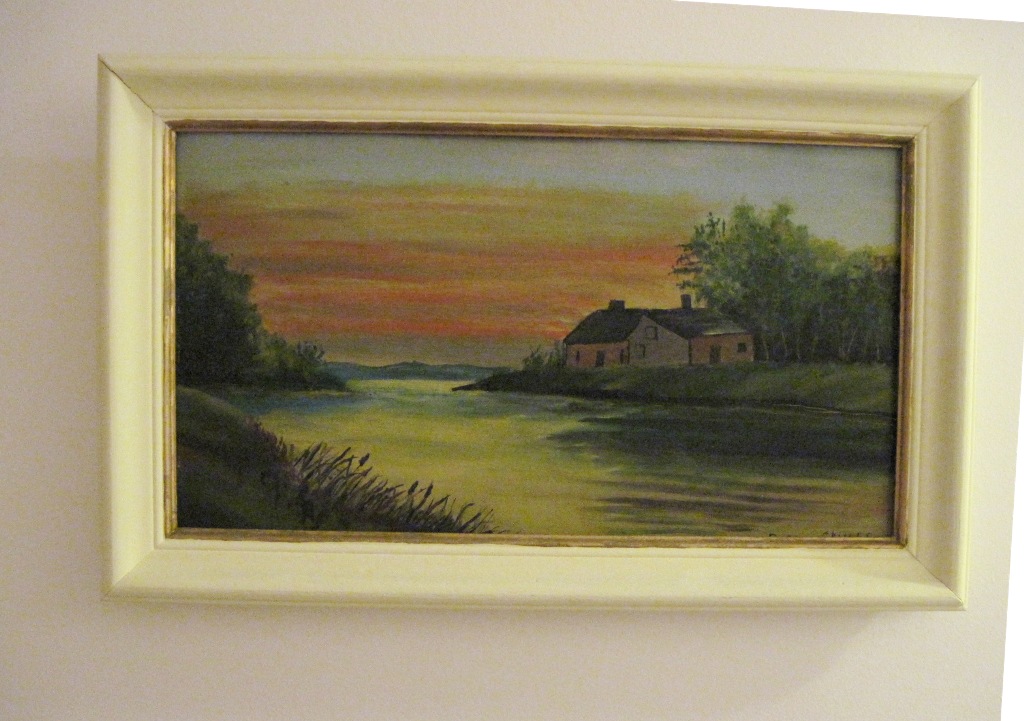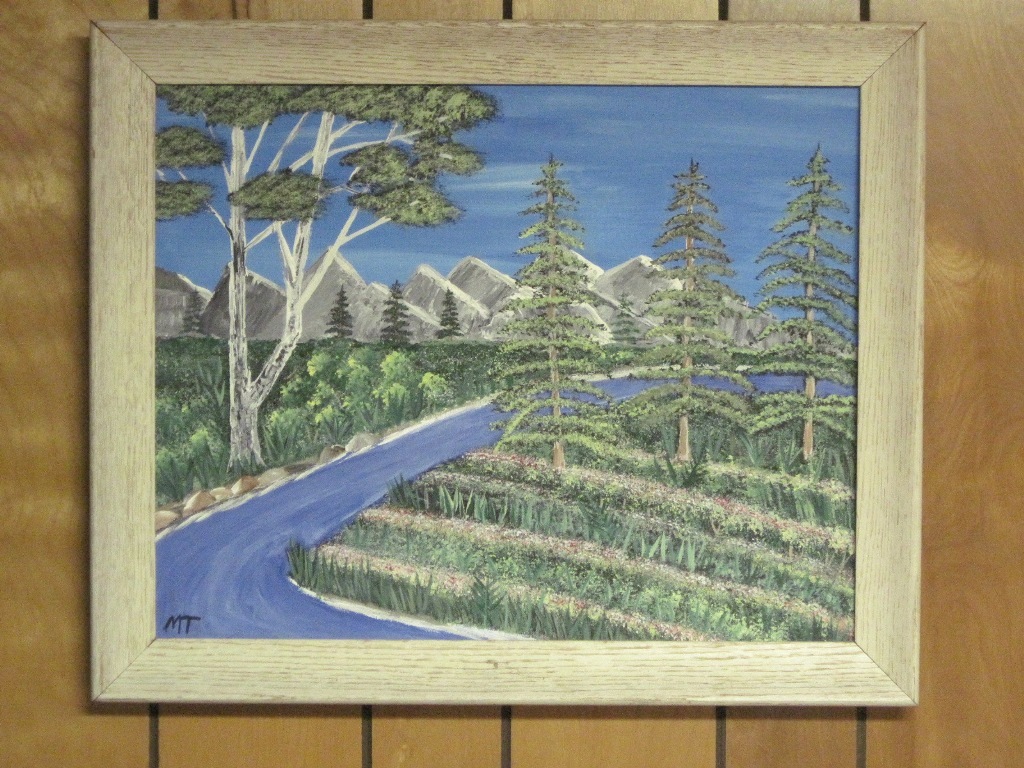Not a coin, not a medallion—what is it? It caught my eye at the thrift store. It’s sort of bubblegum colored, but made out of a hard resin.
Solving a mystery is fun. The first clue is the writing around the edge: Latin, which translates, “Charles – the second – of God – a favorite – Sovereign – Britain – France – and Ireland – King – Sure – Defender.”
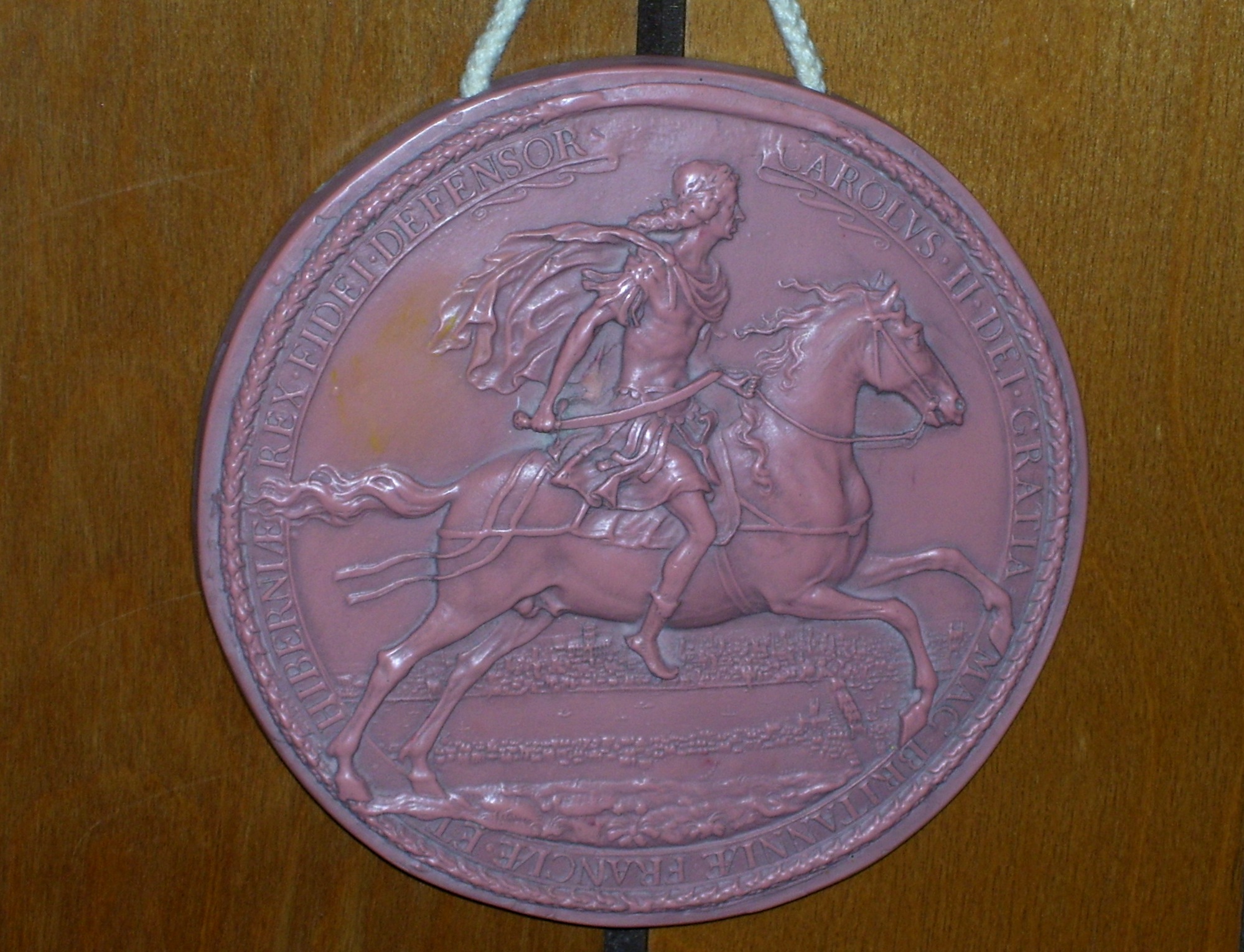
This is the Great Seal of the Realm. At least one side of it. I always imagined kingly documents were sealed with something the size of a signet ring. This is more than five inches across. Apparently some seals were this big, put inside a box that dangled from the document.
Pennsylvania only wishes they had one of these. Their charter was given by King Charles II to William Penn in 1681. That document used to have a seal like this, but green. They lost it. [1]
Looking at the beautiful artwork, we see Charles II himself:
“The King on horseback …, his head uncovered, …, his hair flowing over his shoulders and back. The King is clad in armour with a cloak fastened over his right shoulder and flying behind his back, and is riding with single curb rein; in his right hand is a straight sword …, his foot spurred and placed in the stirrup. The horse is rearing and is harnessed with bridle, saddle, saddle-cloth, and a strap passing round the whole length of its body; from behind the saddle fall three straps across the flanks of the horse hanging almost perpendicularly towards the ground.” [2]
Where is he going? The bridge below the horse is London Bridge, after it was “falling down,” but before the 1666 Great Fire of London. The scene shows London past the River Thames from Southwark. The big buildings are churches. Under the stallion’s belly is “old” St. Paul’s Cathedral before it was destroyed in the fire.
Shakespeare’s Globe Theatre would have appeared on the near shore under his foot, except it had been closed by the Puritans along with all the other theatres.
Charles II (sort of) became king when his father Charles I was executed after the English Civil War.
In 1649, Scotland proclaimed him king, but England was led by Oliver Cromwell. Charles II was defeated by Cromwell in 1651, and fled to Europe for 9 years.
After Cromwell died, Charles II returned to England on his 30th birthday 29 May 1660, and became king. He tried to enact religious freedoms, i.e. tolerate the Catholics.
He was known as the Merry Monarch for the hedonism of his court. The country returned to normal after Cromwell’s Puritan rule. He had no children–except 12 illegitimate children by seven mistresses. Princess Diana is descended from two of his illegitimate sons, and Prince William could become the first monarch descended from Charles II.
He was nicknamed “Old Rowley,” after one of his stallions.
Earl John Wilmot said,
“We have a pretty witty king,
Whose word no man relies on,
He never said a foolish thing,
And never did a wise one”
Charles II responded, “That’s true, for my words are my own, but my actions are those of my ministers.”
During his reign:
1660 Restoration (of monarchy from restrictive Puritan republic.) Also, Restoration Comedies were cynical, bawdy and sharp plays.
1665 Great Plague of London
1666 Great Fire of London
1681 Gave land to Wm. Penn to pay a debt. That became Pennsylvania and Delaware.
Charles II was a contemporary of scientists Robert Boyle and Sir Isaac Newton, and of architect Sir Christopher Wren. [3]
His seal half-way looked like this reproduction. There would have been a design on the other side too. This replica was probably made by The British Museum Cast Service in the 1970s. Very detailed for a fake piece of history!
Sources:
1 http://www.phmc.state.pa.us/portal/communities/documents/1681-1776/pennsylvania-charter.html
2 SOURCE: Public Records Office. United Kingdom. http://www.phmc.state.pa.us/portal/communities/documents/1681-1776/pennsylvania-charter.html
3 https://en.wikipedia.org/wiki/Charles_II_of_England


